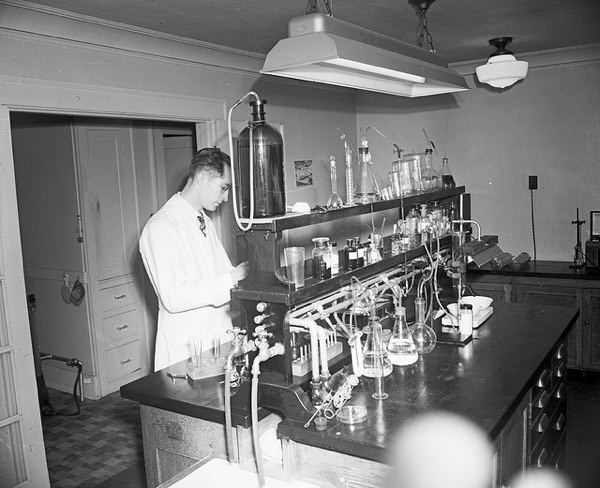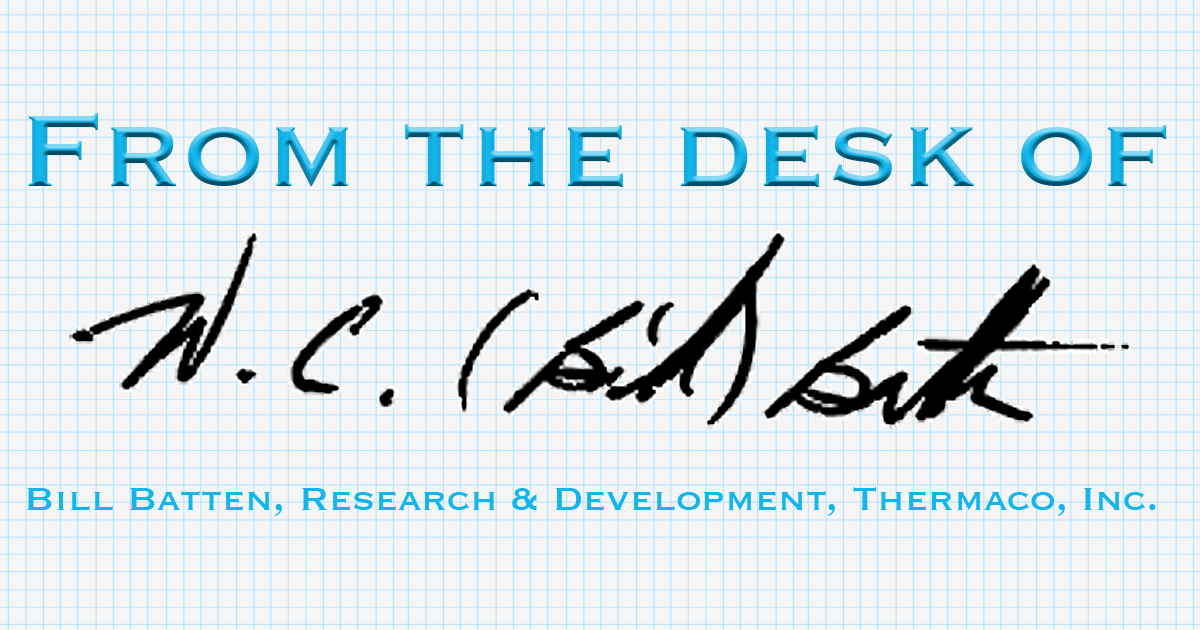What your dipstick might not tell you about effective pretreatment
- Oct 27, 2015
Many local sewer ordinances require that food service establishments make their grease interceptors available for periodic inspection to ensure they’re working correctly, keeping fats, oil and grease (FOG) out of the wastewater system.
And the tool of choice for many pretreatment coordinators and other professionals is the dipstick (or popularly, the Sludge Judge, a specific brand of dipstick). It’s a long, clear plastic tube that enables anyone to quickly measure how much grease a grease interceptor has accumulated.
While dunking a dipstick into a grease interceptor may allow you to quickly determine whether or not it needs to be emptied, it doesn’t really tell you how well the interceptor is keeping grease out of the wastewater system.

You have to assume that, no matter what the dipstick says, if the grease trap is below the 25 percent mark, everything’s working fine. And that’s a problem.
After all, keeping FOGs out of your sewers is the whole point of requiring commercial kitchens to have grease interceptors. Measuring how much grease is in a grease trap doesn’t give you the whole picture.
Purpose-driven testing
So what’s a better solution, beyond waiting for the next blockage or back up to tell you where too much grease has built up? Effluent sampling.
In effluent sampling, instead of focusing on how much grease has been caught, you figure out how much grease is getting past the grease interceptor.
During effluent sampling, technicians sample the wastewater after it’s left the grease interceptor. It’s then analyzed to determine how much FOGs and other contaminants are pouring into the wastewater treatment system.
Effluent sampling focuses on the real end-goal: Determining if food service establishments are keeping grease out of the sewer system.
Not all effluent is the same
But even testing effluent doesn’t ensure you’re getting an accurate picture of how a restaurant may be affecting the wastewater system. Many food service establishments get the majority of their business — and therefore discharge the majority of wastewater — in a period of just two or three days each week.
Sample effluent outside that window and you may find the wastewater is unusually pristine. But if you test during that busy period, you may also get a false sense of how much grease or other contaminants are getting through.
Since what you really want is a true sense of an establishment’s overall impact on the wastewater system, grabbing a single effluent sample at one point in time every few months or once a year is not going to get the job done.
For the most accurate testing procedures, you need to get several effluent samples over a longer period of time. This is known as composite sampling. You then average the results of those samples for a clearer picture of how an individual establishment is affecting the health of your wastewater system.
What about expense?
But let’s face facts. Taking multiple samples of effluent over a period of time and having them tested in lab is expensive and time consuming. Chances are routine testing of that kind — even though it’s more accurate — is not in the budget.
So is there a place of effluent composite sampling in your pretreatment program?
It may not be a part of your routine testing (at least yet), but there are times when composite effluent testing makes sense. If you’re trying to track down the source of repeat blockages, for example, on your local “restaurant row,” you might elect to do composite effluent testing to pinpoint the problem.
However you use effluent sampling, just remember that the dipstick doesn’t tell you the whole story.
Photo source: Seattle Municipal Archives/CC 2.0 license







